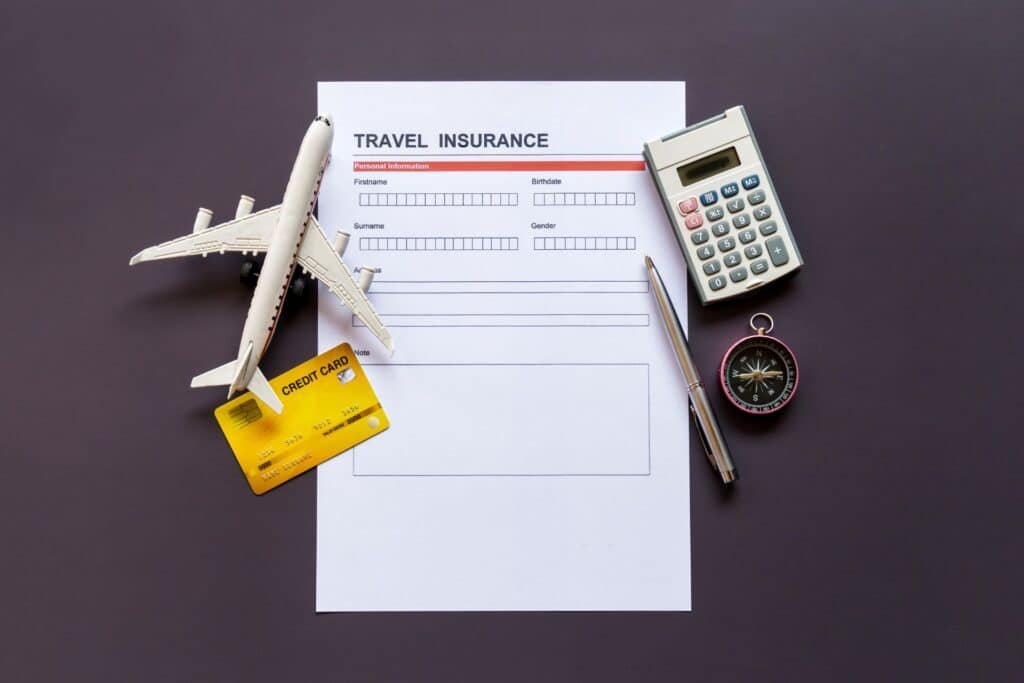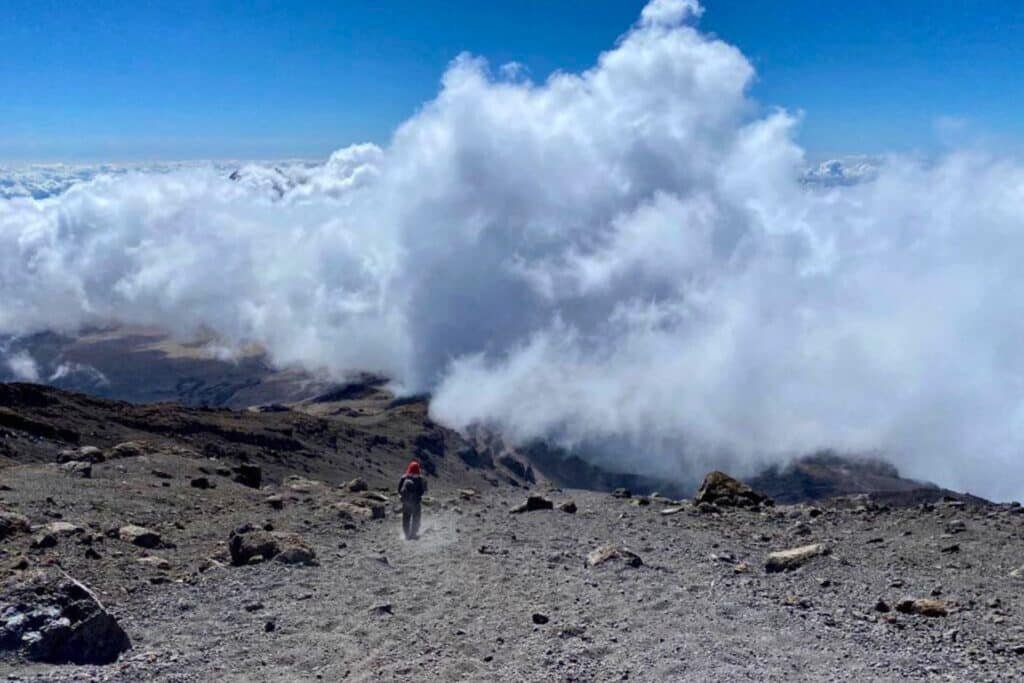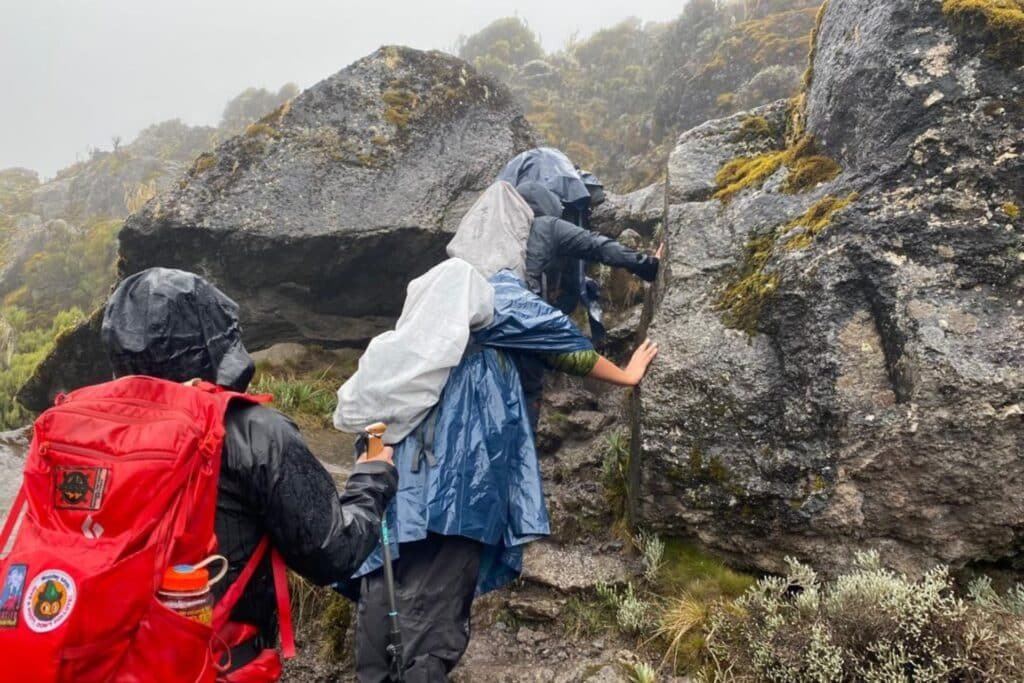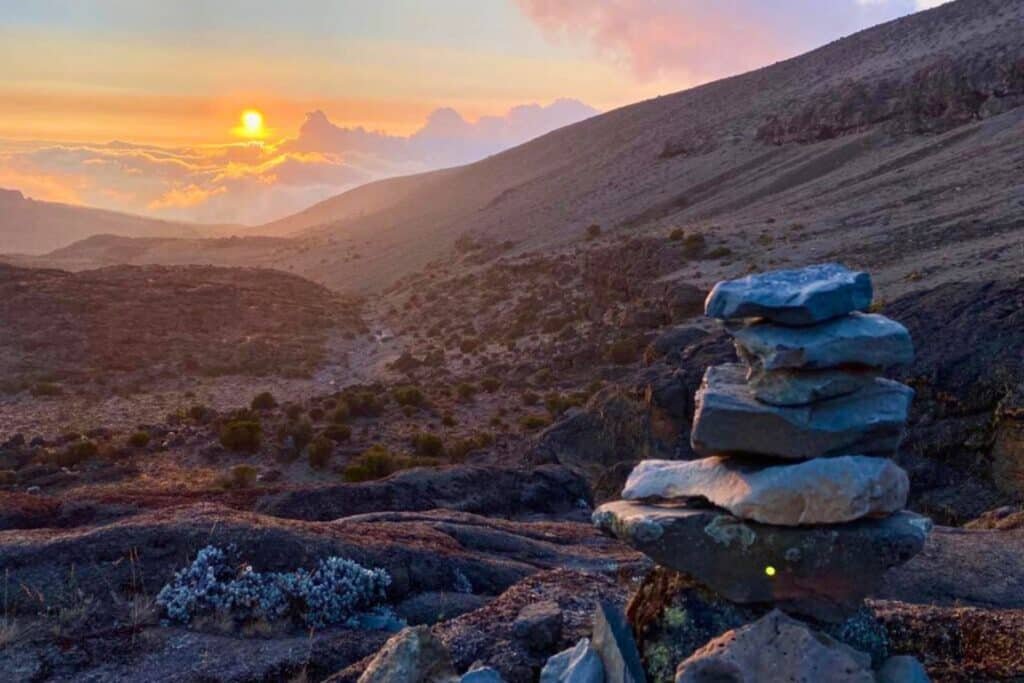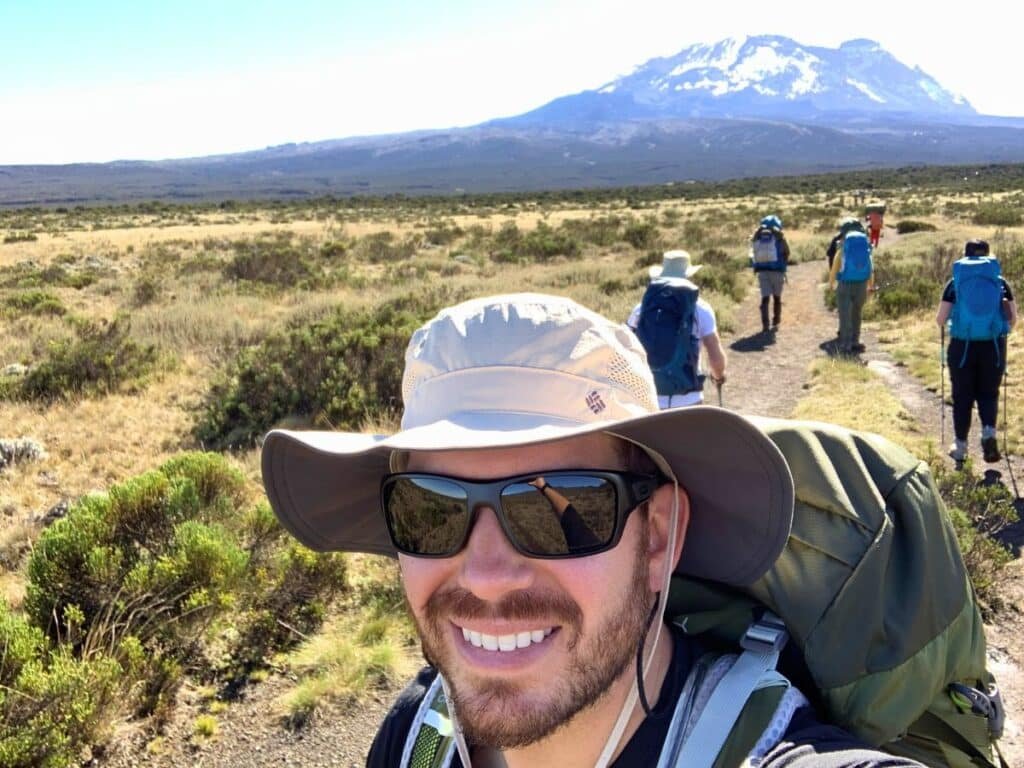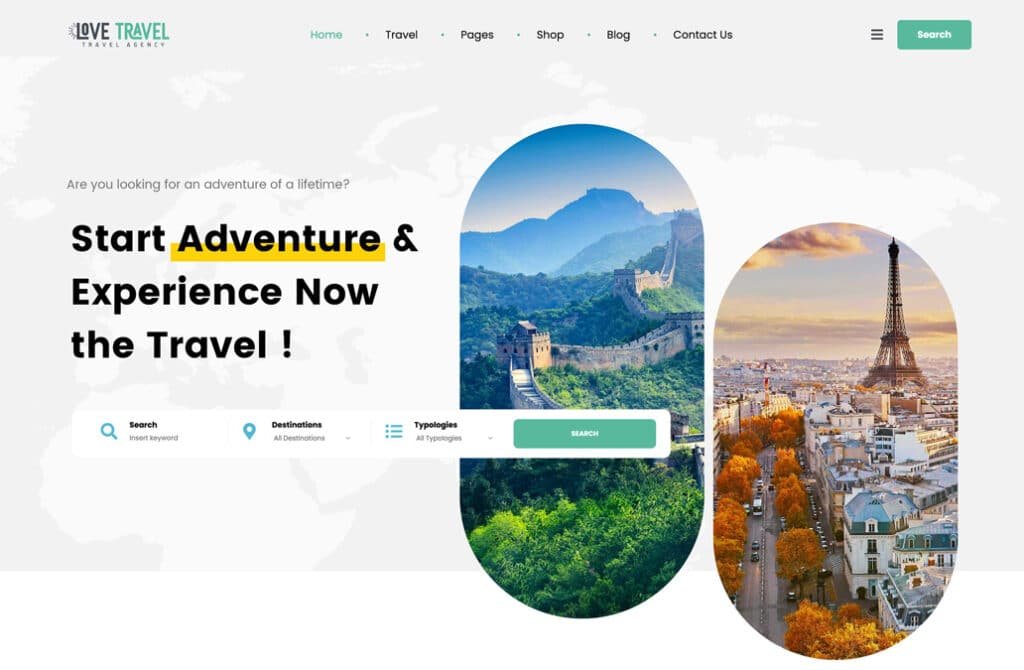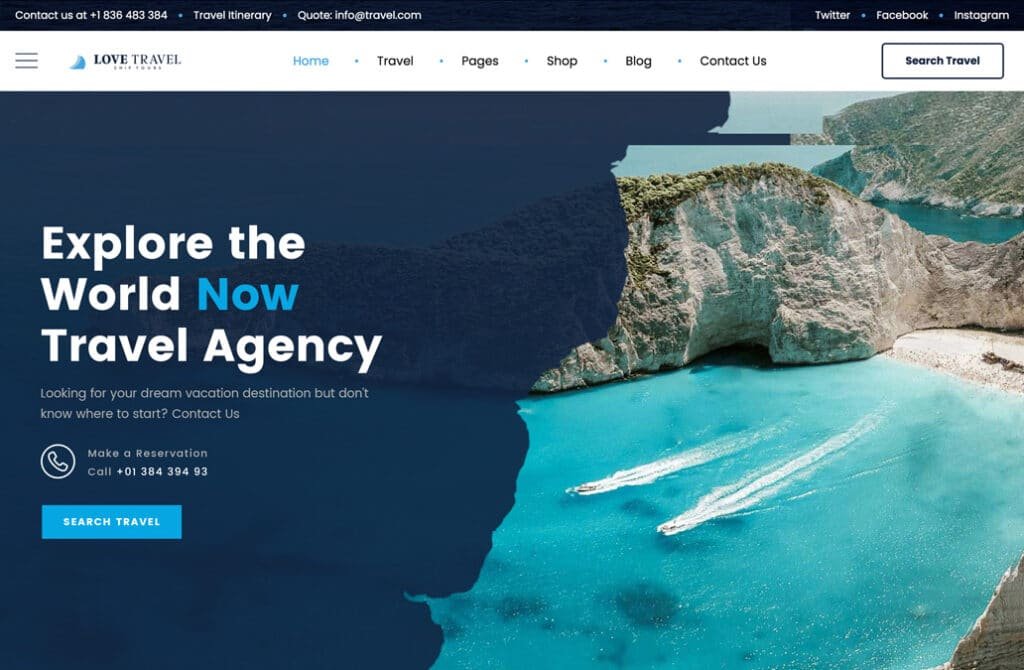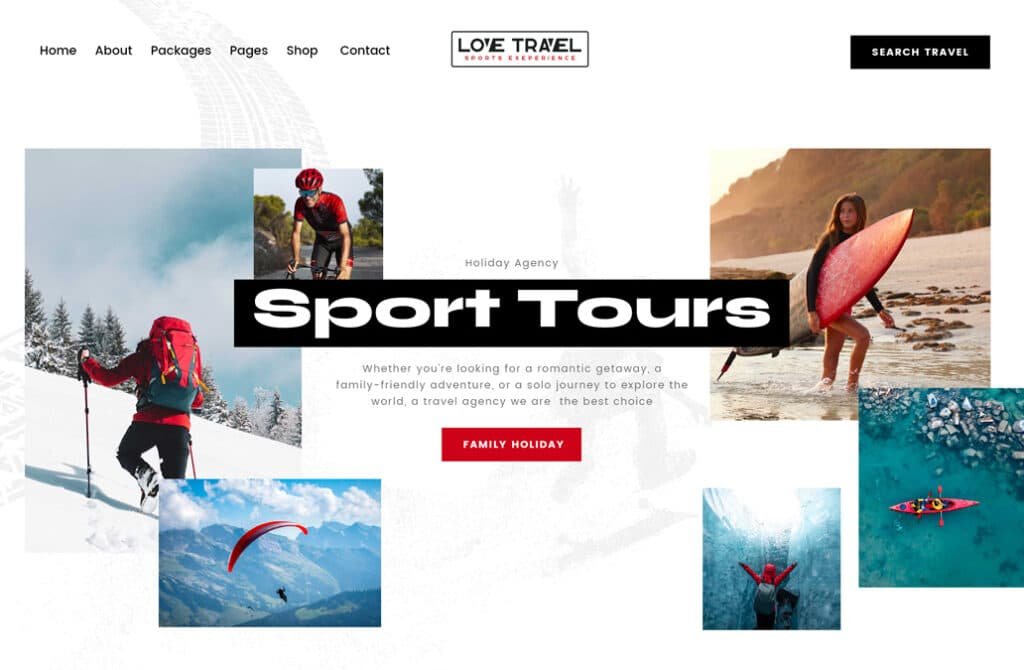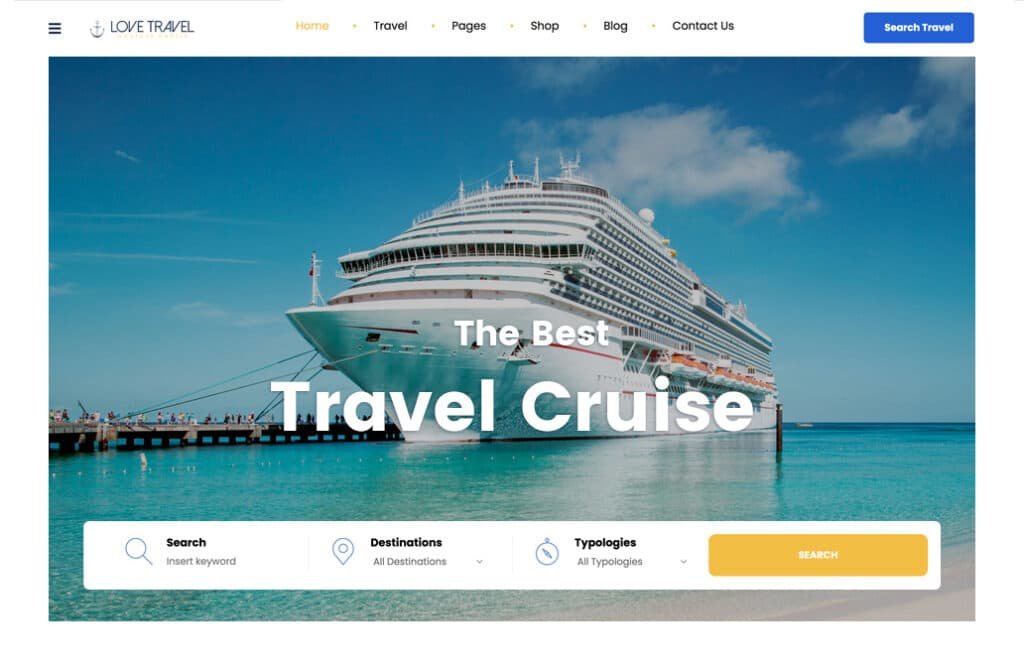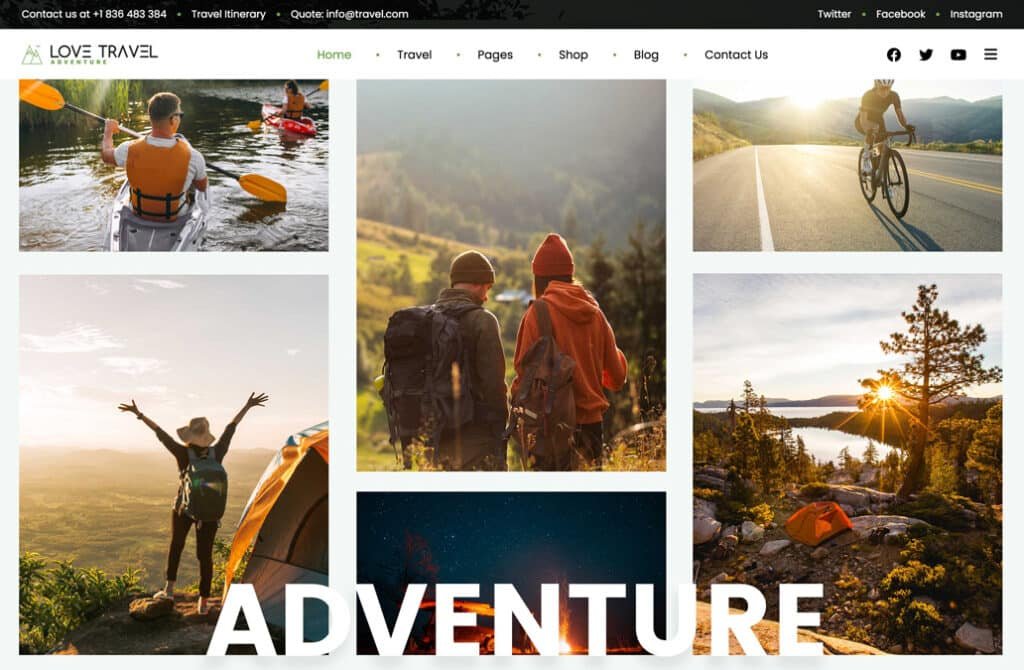Planning a Mount Kilimanjaro trek? One of the most important things you need—beyond training and gear—is comprehensive travel insurance. Kilimanjaro travel insurance is mandatory and must specifically cover high-altitude trekking up to 6,000 meters.
This guide explains why travel insurance is required, what your policy should cover, and how to ensure you’re fully protected before your climb.
Mandatory Travel Insurance for Kilimanjaro
✔️ High-Altitude Trekking Requirement: Insurance must explicitly cover trekking up to 6,000 meters—a standard travel policy won’t be enough.
✔️ Proof of Insurance: Climbers must provide proof of insurance before starting the trek.
If your insurance does not specify coverage for trekking at 6,000 meters, it may be rejected by tour operators. Always verify with your provider.
Essential Coverage for Kilimanjaro Climbers
A basic travel insurance policy typically includes:
✔️ Trip Cancellation & Interruption – Covers unexpected cancellations due to illness, injury, or emergencies.
✔️ Missed Connections & Travel Delays – Protects against delays and missed flights due to weather or other disruptions.
✔️ Lost or Delayed Baggage – Covers lost, stolen, or delayed gear and personal belongings.
✔️ Emergency Medical Coverage – Pays for doctor visits, hospital stays, and urgent care if you get sick or injured.
✔️ Family Emergency Coverage – If an immediate family member falls ill, you may be covered for an early return.
Tip: Choose an insurance provider that covers both trip protection AND emergency medical expenses.
🚁High-Altitude & Evacuation Medical Coverage
Climbing Kilimanjaro involves risks at extreme altitudes, making medical and evacuation coverage non-negotiable.
▪️Emergency Medical Expenses – Covers costs for injuries, altitude sickness, and doctor visits on the mountain.
▪️High-Altitude Evacuation – Ensures emergency helicopter evacuation in case of severe altitude sickness (HAPE/HACE) or accidents.
▪️Repatriation Coverage – Covers transport back to your home country if a serious medical emergency occurs.
Medical evacuation can cost $5,000-$10,000+ without insurance; make sure your policy includes this.
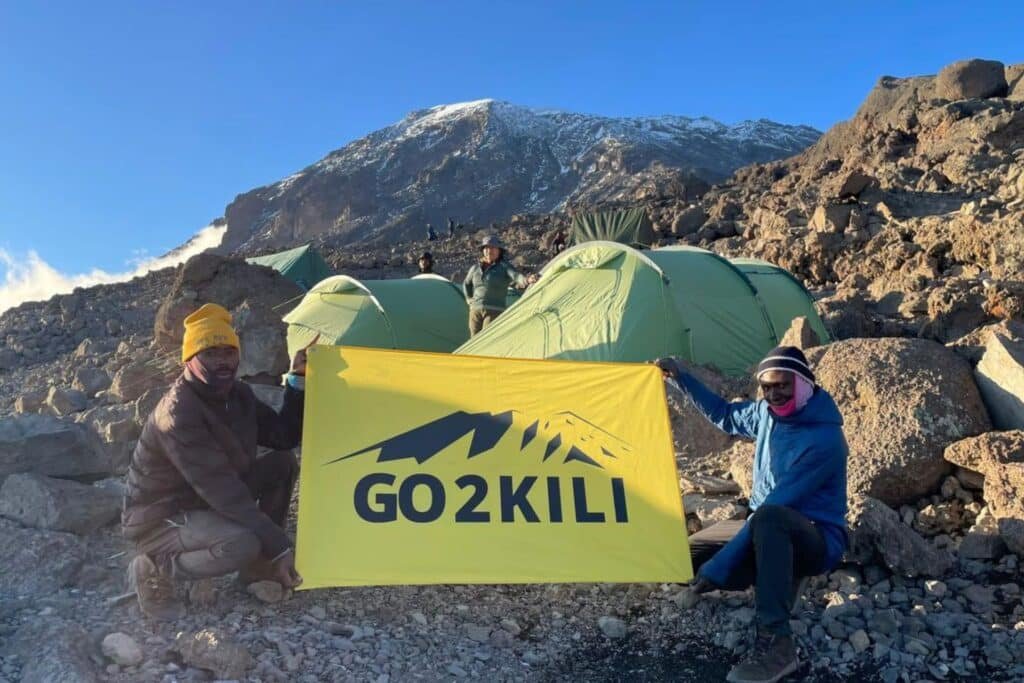
Understanding Your Insurance Policy
▪️Read the Fine Print: Not all travel insurance policies automatically cover high-altitude trekking—verify before purchasing.
▪️Pre-Existing Conditions: If you have any medical conditions, disclose them upfront to avoid claim denials.
▪️Activity-Specific Coverage: Some policies exclude mountaineering and high-altitude activities, so check that Kilimanjaro (up to 6,000m) is covered.
Additional Considerations for Kilimanjaro Climbers
▪️Medical Evacuation Plan – Consider a stand-alone medical evacuation plan (like Global Rescue or Medjet) for coverage beyond Tanzania and back to your home country.
▪️Health Insurance Limitations – Most standard health insurance plans do not cover overseas adventure activities or trip disruptions.
▪️Gear Protection – If you’re bringing expensive gear (like cameras or high-end hiking equipment), check if your policy covers loss or theft.
Tip: If you plan to travel to Zanzibar or go on safari after Kilimanjaro, ensure your insurance also covers additional destinations and activities.
Kilimanjaro Travel Insurance: When to Buy & Choosing the Right Provider
Purchasing Kilimanjaro travel insurance isn’t just a recommendation—it’s a requirement for trekkers attempting the summit at 5,895 meters. The right policy protects you against trip cancellations, medical emergencies, and high-altitude risks, ensuring a safe and worry-free adventure.
When to Buy Your Travel Insurance for Kilimanjaro
✔️ Purchase Early – Buy travel insurance immediately after booking your trip.
✔️ Pre-Existing Condition Coverage – Some policies only cover cancellations due to pre-existing conditions if purchased within a specific time frame (typically 14–21 days after trip deposit).
✔️ Cancellation Flexibility – Early purchase allows you to claim refunds for unforeseen trip disruptions before departure.
If you delay purchasing insurance, you may lose coverage for pre-existing medical conditions and trip cancellations.
Best Travel Insurance Providers for Kilimanjaro Trekkers
Not all travel insurance policies cover high-altitude trekking, so choosing the right provider is essential.
🔸 Compare multiple plans to ensure your policy covers up to 6,000 meters—not all adventure policies do!
U.S. residents may consider:
- Travel Guard (Deluxe, Preferred, Essential Plans) – Covers high-altitude trekking, medical evacuation, and trip cancellations.
- World Nomads – Offers comprehensive coverage for adventure travelers.
- Allianz Travel Insurance – Includes trip protection and emergency evacuation.
✔️ UK & EU travelers can explore: True Traveller, Battleface, or Global Rescue for specialized Kilimanjaro policies.
Tip: Check if emergency evacuation to your home country is included or if you need a separate medical evacuation plan.
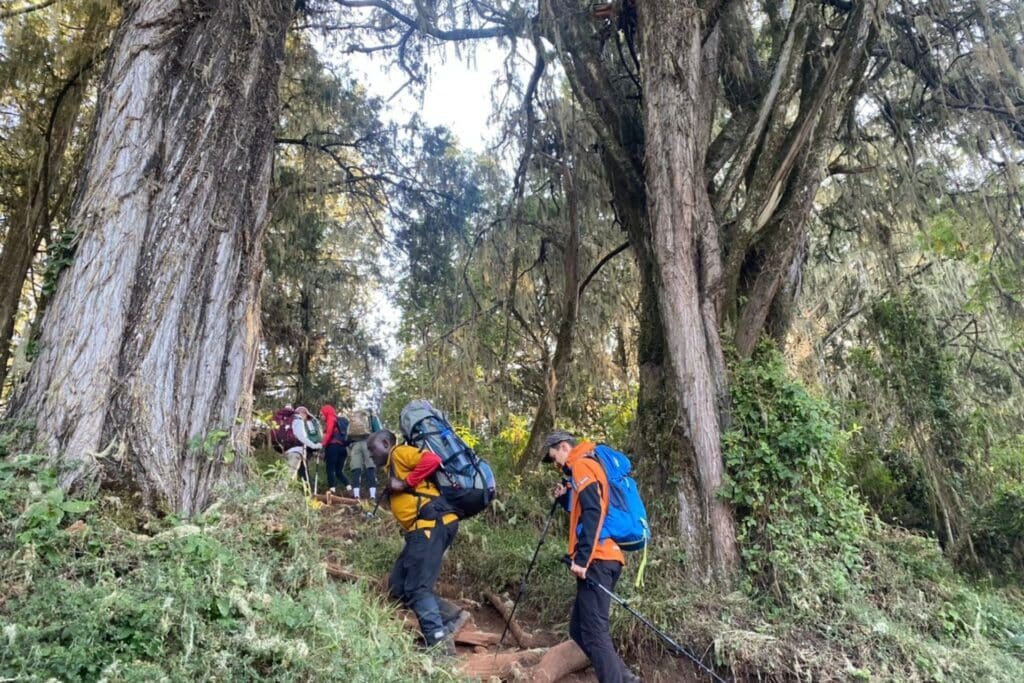
📑 Proof of Insurance & Compliance
Be ready to show proof of insurance; trekking companies require verification before starting the climb. Failure to provide appropriate travel insurance may result in being denied the trek.
✔️ Carry both digital and printed copies of your policy and emergency contact details.
Tip: Save your insurance provider’s emergency assistance number in your phone in case of medical needs.
Final Thoughts: Make Travel Insurance a Priority
Travel insurance for Mount Kilimanjaro is a requirement and safety net against unexpected events that could derail your trip.
✔️ Buy your policy early to maximize benefits and protect against trip disruptions.
✔️ Verify that your insurance covers high-altitude trekking up to 6,000 meters.
✔️ Choose a provider with strong medical evacuation coverage in case of emergencies.
✔️ Always carry proof of insurance—your trek operator will require it before starting the climb.

